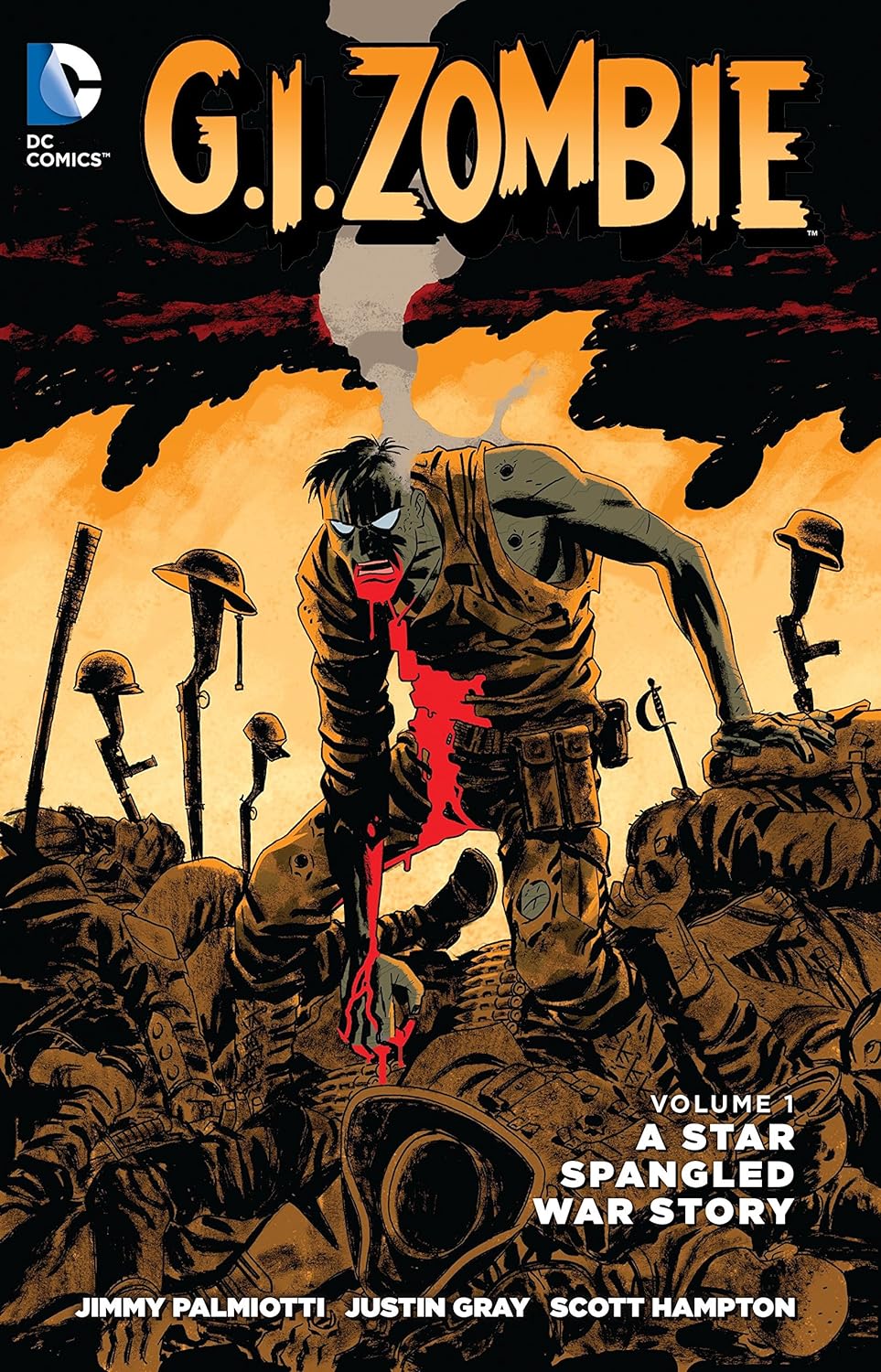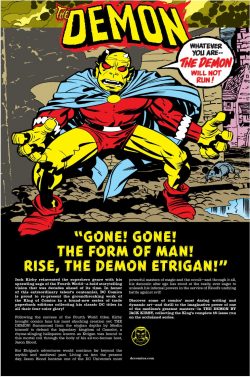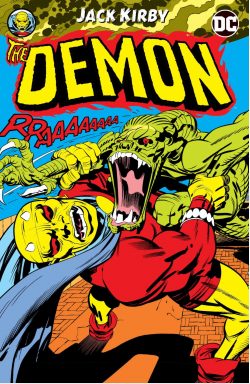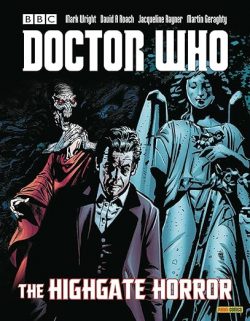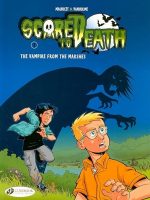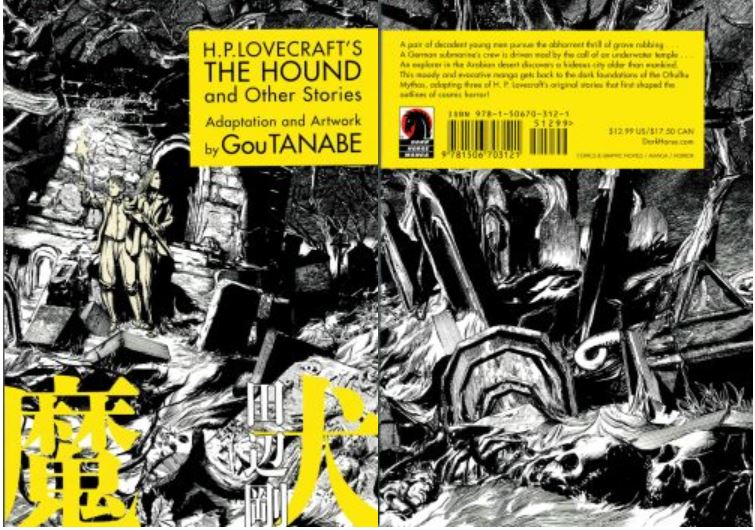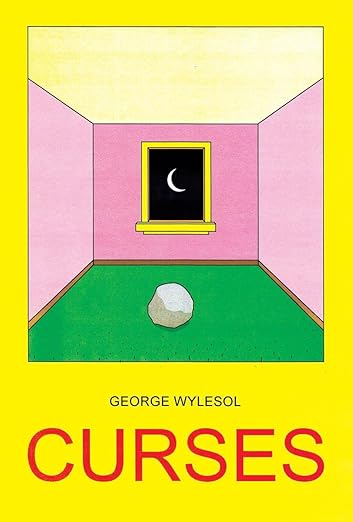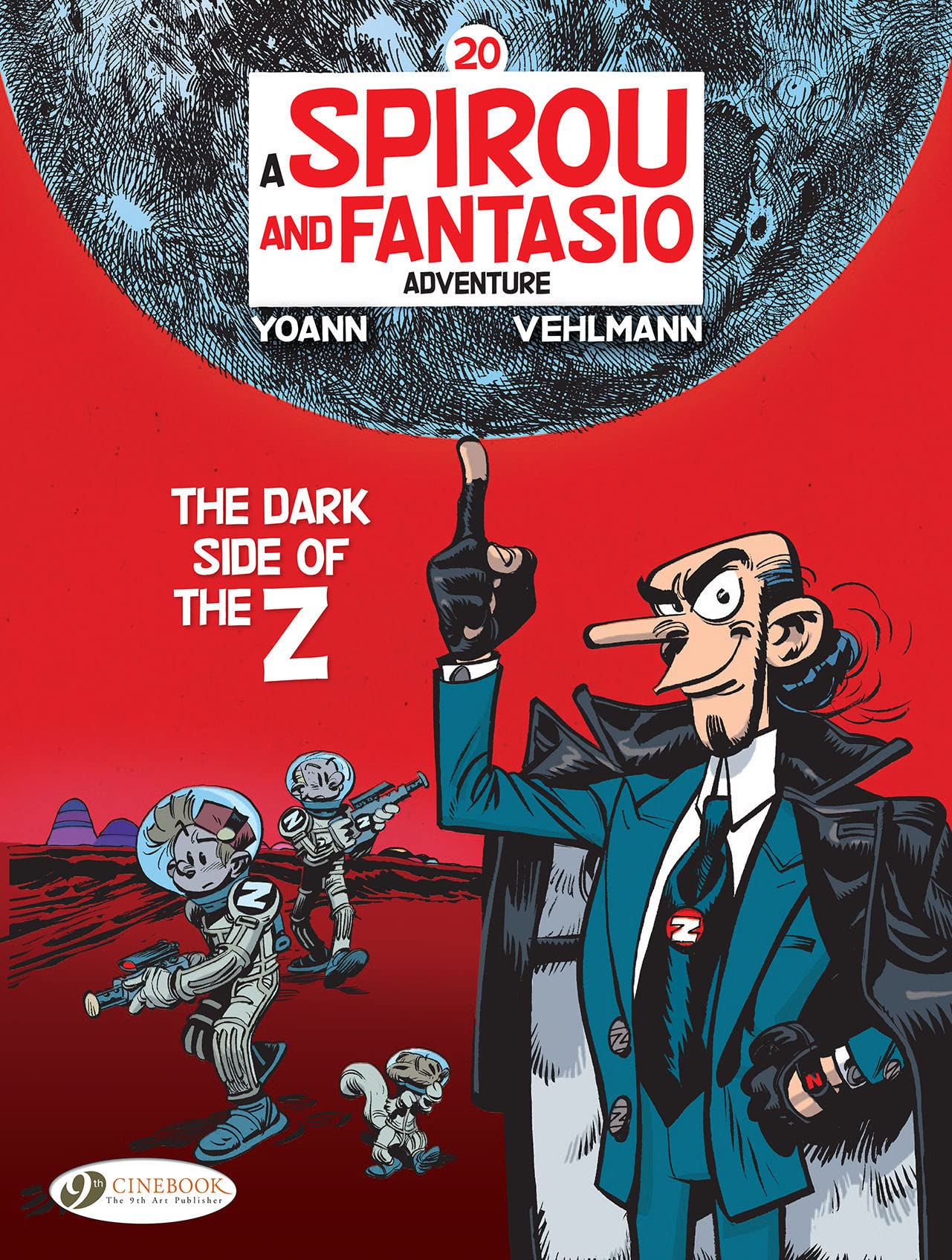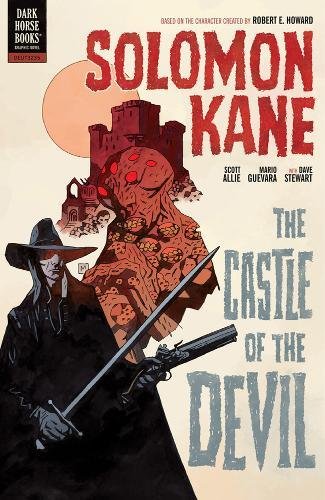
By Scott Allie, Mario Guevara, Dave Stewart & various (Dark Horse Books)
ISBN: 978-1-59582-282-6 (TPB)
Although Marvel have resumed control of Robert E. Howard’s star turns, they haven’t yet re-issued all the prior efforts of the previous licensee yet. That’s a shame as this particular tome has Halloween written all over it. Until they do, why not scour shoppes and online sites for a copy. The exercise will probably do you good and who knows what else you might find?
Following on from their revitalisation – if not actual creation – of the comic book Sword and Sorcery genre in the early 1970s (with their magnificent adaptation of pulp superstar Conan the Barbarian), Marvel Comics quite naturally looked for more of the same. They found ample material in Robert Ervin Howard’s other warrior heroes such as King Kull, Bran Mac Morn and dour Puritan Avenger Solomon Kane.
The fantasy genre had undergone a global prose revival in the paperback marketplace since the release of soft-cover editions of Lord of the Rings (first published in 1954), and the 1960s resurgence of two-fisted action extravaganzas by such pioneer writers as Edgar Rice Burroughs, Otis Adelbert Kline and Fritz Lieber. This led to a generation of modern writers like Michael Moorcock and Lin Carter kick-starting their careers with contemporary interpretations of man, monster and mage. Without doubt, though, nobody did it better than the tragic Texan whose other red-handed stalwarts and tough guys such as El Borak, Steve Costigan, Dark Agnes and Red Sonya of Rogatino excelled in a host of associated genres and like milieus.
Solomon Kane debuted in the August 1928 issue of Weird Tales in a gripping tale of vengeance entitled “Red Shadows”. He made seven more appearances before vanishing in 1932 as his creator concentrated on far more successful Conan. Three further tales, some epic poems and a few unfinished ideas and passages remained unpublished until 1968, when renewed interest in the author’s work prompted publishers to disinter and complete the yarns.
Apart from two noteworthy 4-colour exceptions, during the 1970s and 1980s, Marvel was content to leave Solomon Kane to monochrome adaptations of canonical Howard stories (in Dracula Lives, Savage Sword of Conan, Monsters Unleashed and other older-reader magazines), but with his transfer to the Dark Horse stable the Holy Terror flourished in broader, lavishly-hued interpretations of the unfinished snippets left when the prolific Howard took his life in 1936.
Beginning in 2008 and released as a succession of miniseries, these nearly-new adventures offer modern fans a far darker, more moody glimpse at the driven, doom-laden wanderer.
Kane is a disenfranchised English soldier of fortune in the 17th century on a self-appointed mission to roam the Earth doing God’s Work: punishing the wicked and destroying devils and monsters. With no seeming plan, the devout Puritan lets fate guide his footsteps ever towards trouble…
Expanded upon and scripted by Scott Allie from tantalisingly unfinished fragment The Castle of the Devil, this initial volume collects a 5-issue story-arc from September 2008-February 2009 and also includes a short piece which originally featured online in the digital MySpace Dark Horse Presents site in June 2008.
The drama opens as the surly pilgrim bloodily encounters bandits and an horrific wolf-beast in Germany’s Black Forest, losing his horse in the attack. Proceeding on foot he finds a boy hanging from a gibbet and cuts the near-dead body down. Soon after, he meets mercenary John Silent, another Englishman in search of fortune…
From his new companion, Kane learns local lord, Baron von Staler, has an evil reputation and will not be happy to have his affairs meddled with. The puritan doesn’t care: he wants harsh words with the kind of man who would execute children…
Despite genuine misgivings, the insufferably jolly Silent insists on accompanying his clearly suicidal countryman. Soon the pair are admitted to a bleak and terrifying Schloss built on the remains of an old abbey…
Von Staler is not the mad tyrant they had been warned of. The gracious, pious old warrior with devoted servants and a beautiful young Moorish wife welcomes them in, offering the hospitality of his hearth and charming them with his easy manner. The lord is appalled by the tale of the hanged boy, denying any knowledge of the atrocity and swears to bring the culprits to justice.
Over supper he and his bride Mahasti explain that their ill-repute is unjustly earned. The simple peasants have unfairly conflated him with the manse’s previous accursed inhabitants: a chapter of monks who murdered their own Prior two centuries past.
Vater Stuttman had been a holy man until he sold himself to Satan. His desperate brethren had been forced to entomb and starve him to contain his evil. With the church determinedly ignoring their plight, the chapter faded from the sight of Man and eventually Staler’s family had purchased the lands, building their ancestral seat upon the ruins.
The peasants however, still called it “the Church of the Devil”…
Gratified to find a man as devoted to God as himself, Kane relaxes for the first time in months, thankful to spend a night in a warm bed with people as devout as he. The truth begins to out at ‘The Dead of Night’ as Silent goes prowling within the castle and kills one of the Baron’s retainers, even as Kane’s rest is disturbed by shameless Mahasti offering herself to him…
Spurning her advances, the furious puritan leaves the citadel to wander the forest, and again encounters the colossal wolf thing. Back in his bed Silent, nursing a deep wound, dreams of beleaguered old monks and their apostate Prior…
In ‘Offerings’ the truth slowly begins to dawn on the melancholy wanderer after discourse with the strangely ill-tempered Silent. Something is badly amiss in the household, but when Kane and the Baron ride out that morning, all suspicions are stayed by the discovery of another gibbet and another boy. This one, however, is nothing but ragged scraps for the crows that festoon his corpse, and Kane’s rage is dwarfed by the ghastly uncomprehending shock and disbelief of the Baron…
The servants are not so flustered and something about their muted conversations with the master sits poorly with the morose Englishman. In the castle, Mahasti finds Silent a far more amenable prospect, happy to listen to the secrets she wants to share…
‘Sound Reasons and Evil Dictates’ offer more insights into the incredible truth about von Staler, as Kane takes his countryman into his full confidence before Silent and Mahasti ride out into the wild woods, meeting a ghost who reveals the terrifying truth about Vater Stuttman and the appalling thing the monks uncovered two hundred years past…
The demonic cadaver whispered unknowable secrets to one of that long-gone congregation and has continued for all the days and years since. Now the man who was Father Albrecht is ready to welcome it and its appalling kin back to full, ravening life in these benighted grounds…
Von Staler and Kane are arguing and, as accusations become blows, the secret of ‘The Wolf’ is at last revealed, even as faithful retainers capture Mahasti and Silent, leaving them on the gibbets as fodder for a quartet of horrors returning for their fleshly tribute in ‘His Angels of the Four Winds’. Savagely battling his way free of the castle, Kane is only in time to save one of the monsters’ victims, but more than ready to avenge centuries of slaughter and blasphemy in ‘The Chapel of the Devil’: grimly cleansing the tainted lands in the ‘Epilogue: Wanderers on the Face of the Earth’…
The art is beguiling, emphatically evocative with Mario Guevara’s pencils astonishingly augmented by a painted palette courtesy of colourist Dave Stewart, and the book is packed with artistic extras and behind-the-scenes bonuses. These include a gallery of covers and variants and ‘The Art of Solomon Kane’ with sketches and designs by the penciller, architectural shaper Guy Davis and illustrators John Cassaday, Stewart, Laura Martin & Joe Kubert. The tome terminates with that aforementioned digital vignette wherein Kane applies his own savage wisdom of Solomon to a troubled village of ghost-bedevilled souls in ‘The Nightcomers’…
Powerful, engaging and satisfactorily spooky, this fantasy fear-fest will delight both fans of the original canon and lovers of darkly dreaming, ghost-busting thrillers.
© 2009 Solomon Kane Inc. (SKI). Solomon Kane and all related characters, names and logos are ™ © and ® SKI.

